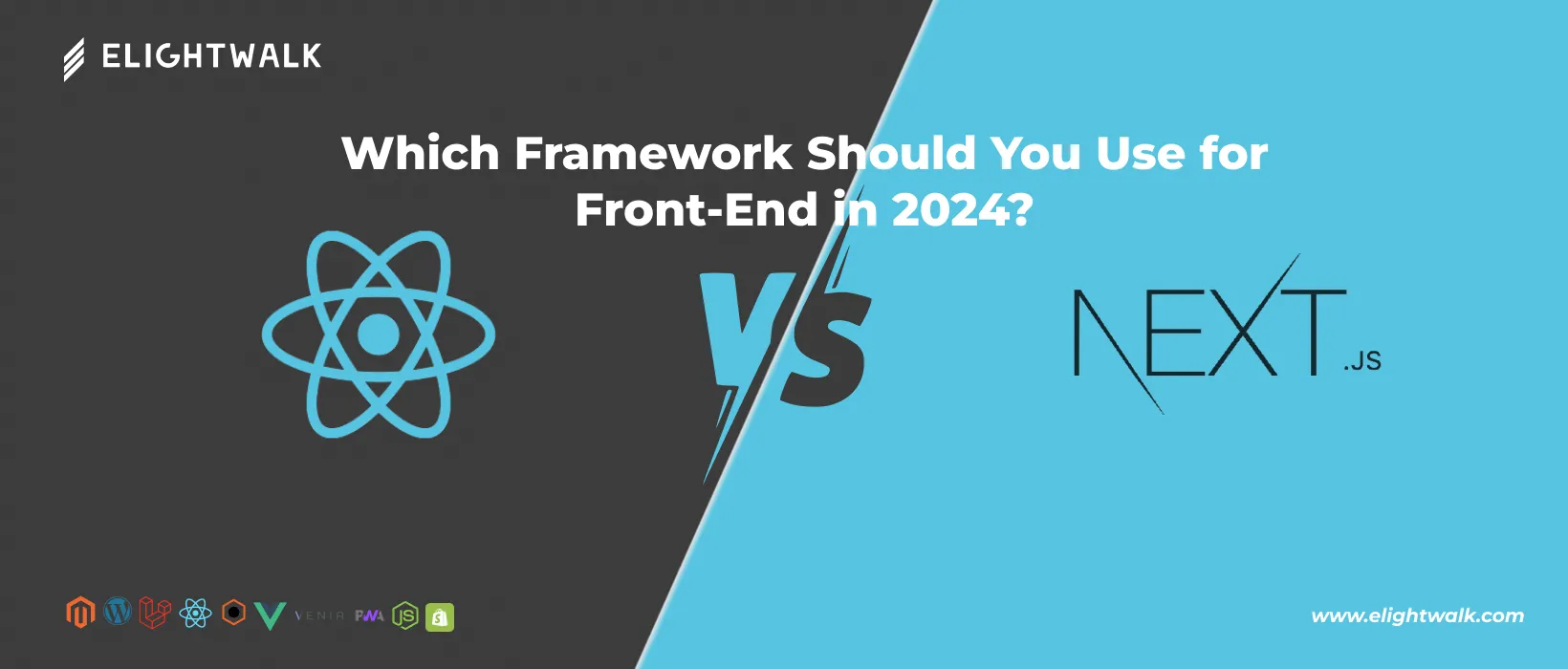Let's discuss the basic fundamental features of both frameworks. Before diving deep, we have a basic understanding of both features and equality in working experience. Here, we start comparing how both platforms provide the basic development needs.
The performance difference between Next JS vs React
Regarding performance, Next.js is extremely fast because of the static destinations and server-side rendering. Static webpages and site generators are pre-rendered during build time, cached, and distributed via a CDN, resulting in rapid loading times. Next.js offers a plethora of performance-enhancing features in development.
React primarily supports client-side rendering, which doesn't offer the same level of performance as Next.js. Although React can be configured for server-side rendering, setting up requires considerably more effort. As a result, React apps may experience slower loading times compared to those built with Next.js.
Documentation of Next JS vs React
The Next.js website offers an invaluable resource with its learn-by-doing documentation. This documentation presents clear, step-by-step instructions, ensuring a swift start to utilising Next.js. The hands-on approach of the learn-by-doing documentation imparts theoretical knowledge and provides practical experience with the tool. Consequently, users gain proficiency in swiftly building Next.js applications upon completing the documentation.
React's documentation is equally comprehensive and user-friendly. It includes tutorials, articles, and videos that comprehensively cover all aspects of React development. Moreover, React boasts an active community, offering abundant resources to aid developers in troubleshooting and problem-solving. React is an excellent choice for developers seeking to craft modern user interfaces bolstered by its robust documentation and supportive community.
Server-side Rendering of Next JS vs React
One key advantage of SSR in Next.js is its built-in support. You can use Next.js's API routes and data fetching capabilities to quickly render server-side content without implementing complex configurations or third-party libraries. When a user requests a page in a Next.js application, the server collects the necessary data and renders the page on the server before sending it to the client's browser. This means that each time a user requests a page, it is automatically generated on the server.
React does provide the flexibility for developers to activate SSR through custom configurations and integrations with server-side environments. While React doesn't handle SSR directly, developers can use libraries such as React DOM Server to render React components on the server. Configuring SSR in React typically requires additional setup and configuration, as you need to integrate React with their preferred server environment (such as Node.js) and implement server-side rendering logic. This may involve setting up server routes, handling data fetching, and ensuring the server-side rendering process is efficient and scalable.
Developer Community of Next JS vs React
When you pick one, having a solid community of developers backing it up is helpful. React, for example, has a great community ready to help with any problems you might face. They share tips and tricks through blogs, videos, and tutorials. Plus, you can always turn to Stack Overflow for more guidance.
Next.JS is a bit different from traditional options. It's got more GitHub discussions, which might suit some people better. The good news is that both React and Next.JS have supportive developer communities. They're active and easy to reach out to for assistance. So, no matter your choice, you'll have plenty of help.
Configuration
React.js doesn't provide strong support for configuration. If you want to change configurations, you must disconnect from the default Create React App setup. This means you can only use what is already configured in the scripts provided by CRA.
Next.js gives you full control over configuration. With Next.js templates, you can set up files like babelrc, jest.config, and eslintrc according to your needs. This flexibility allows for customization and tailored setups to fit your project requirements.
Maintenance
Next.js and React.js have their own strong opinions when it comes to their respective Create React Apps (CRAs). They consistently release updates and ensure they're up-to-date, making it easier for developers to stay current.
For developers, knowing React is essential, and having a solid understanding of JavaScript is a must. Since React relies on JavaScript and Next.js relies on React, there's a close relationship between the two.



